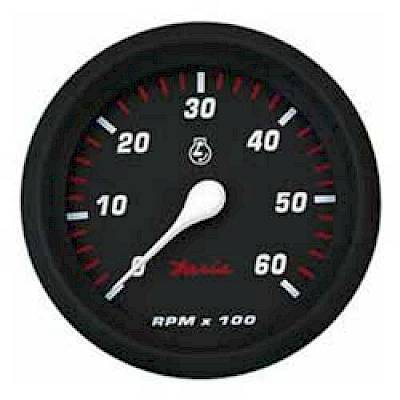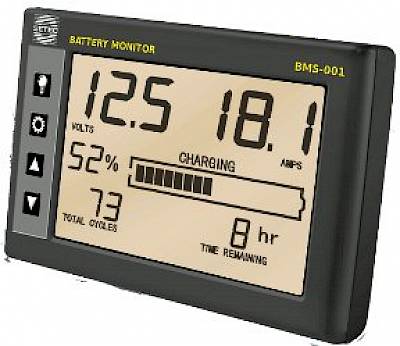
Troubleshooting Tips for Bilge Pump Wiring?
Question:
My automatic bilge pump has stopped working. What could have caused this and how do I prevent it from failing again?
Answer:
While there are many reasons a pump may fail, a common cause for early bilge pump failure is corrosion of the wires that power the pump. In a marine environment, even though the wire is coated, water can still enter through any nicks in the plastic or where the connection to the pump is made. Over time, this will lead to hidden corrosion in the wires, and can destroy the entire wire length inside the plastic insulation. The result is wiring that appears to have no problem but, in fact, cannot deliver power to the pump and must be replaced.
We always recommend using marine grade wiring and marine grade connectors to join wires together. These connectors have waterproofing glue which will prevent any moisture from penetrating the wire at the joint. Additionally, bilge pump wiring connections should always be fastened securely above the level of the bilge water to prevent any possible shorts or damage to the wire.
Another possible reason the pump may have stopped working is that the pump or the float switch is failing. Float switches should be checked regularly by manually lifting them (or pressing the button for an automatic switch) and listening for the pump to turn on. Pumps, being mechanical, wear and can fail after a few years. They should be replaced if any odd noises are heard or pressure differences are noticed.
One of the common causes of mechanical pump failure is a messy bilge. Pieces of debris can clog the pump, or sludge can force the motor to work too hard and cause pump burnout. Debris can also jam the float switch and prevent it from tripping. A clean bilge goes a long way in protecting your bilge pump and your boat.
Related Content

























